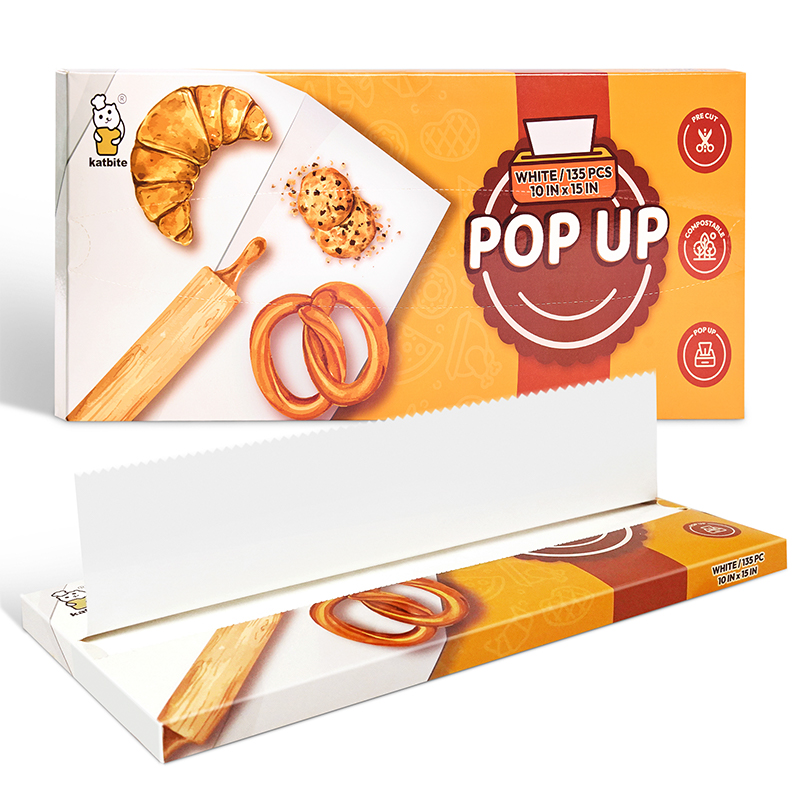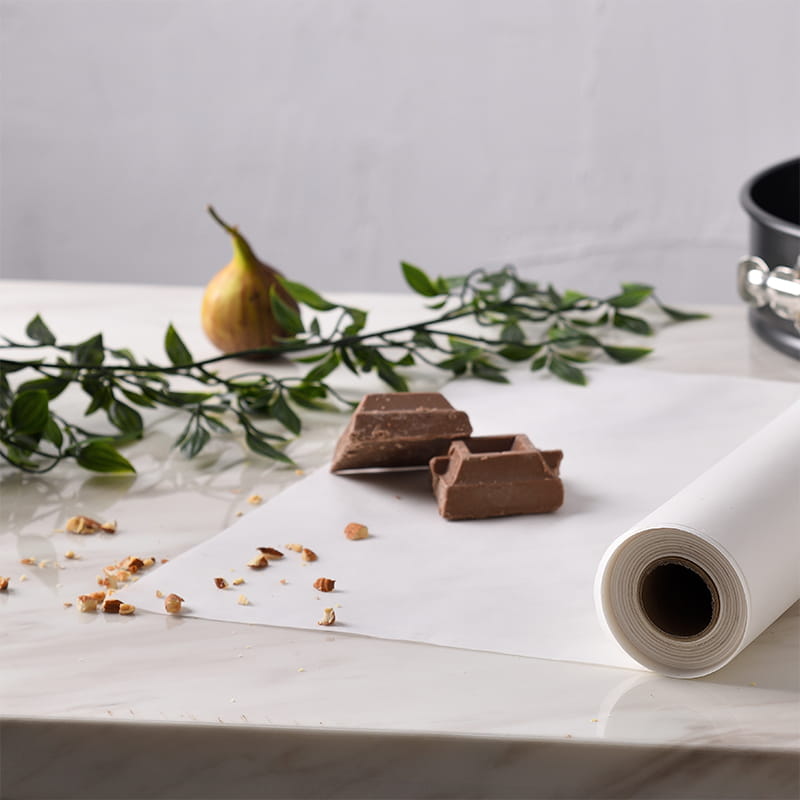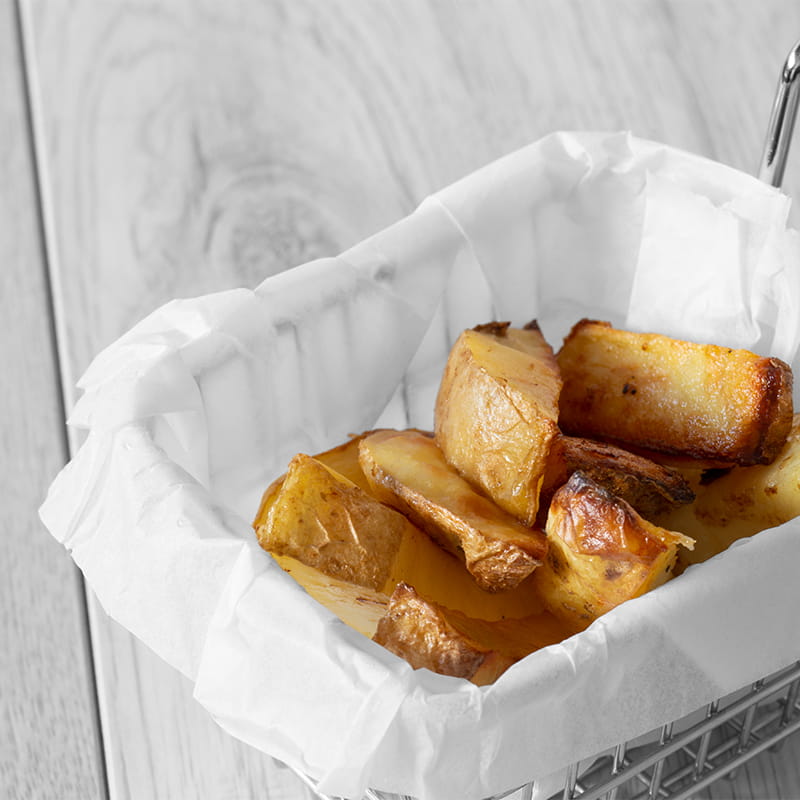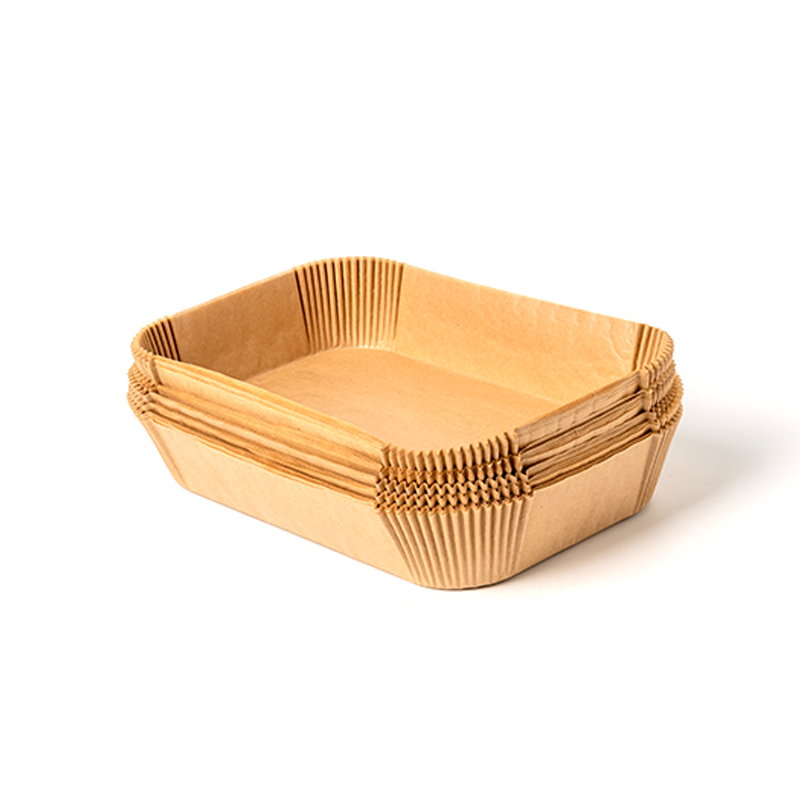Product details: Pop-up parchment paper sheets, an environment-friendly product, are composed of wood pulp and are double-side coated with silicone. Such a coating makes our paper smooth, greasepr...
See DetailsSteaming Paper: Revolutionizing Cooking Methods for Perfectly Steamed Dishes
In the culinary world, steaming has long been celebrated as one of the healthiest and effective cooking methods. Whether used for vegetables, seafood, dim sum, or desserts, steaming preserves the natural flavors, nutrients, and textures of ingredients without the need for excessive fats or oils. While steaming is a traditional cooking method, the tools used to streamline and enhance this process continue to evolve. One such innovation gaining significant attention in kitchens worldwide is steaming paper. This versatile tool has become indispensable in both home and professional kitchens, helping chefs and home cooks alike create perfectly steamed dishes with minimal mess and effort.
What Is Steaming Paper?
Steaming paper is a specialized type of paper designed for use in steam cooking. Made from high-quality, heat-resistant materials, this paper is used to line steaming baskets, pots, and trays to prevent food from sticking, allow even heat distribution, and make cleanup easier. Steaming paper is typically made from biodegradable materials such as bamboo or rice paper, ensuring that it can withstand high temperatures without breaking down or releasing harmful chemicals into the food.
The primary function of steaming paper is to provide a non-stick, moisture-resistant surface for ingredients to cook on. It allows steam to circulate evenly around the food, resulting in perfectly cooked dishes every time. The paper also prevents ingredients from sticking to the surface of the steamer, making it easier to remove food without damaging delicate items like dumplings or fish fillets.
The Benefits of Steaming Paper
The growing popularity of steaming paper in kitchens around the world can be attributed to several key benefits that it offers:
1. Non-Stick and Easy Cleanup
One of the primary advantages of using steaming paper is that it creates a non-stick surface for food. Steamed dishes, especially delicate foods like dumplings, buns, or fish, can easily stick to traditional steaming trays or baskets. Steaming paper eliminates this problem, ensuring that food doesn’t adhere to the surface during the steaming process. As a result, chefs and home cooks can remove food more easily, preserving the integrity of the dish and reducing the chances of damage. Additionally, cleanup is a breeze since the paper absorbs moisture and grease, reducing the need for scrubbing and washing the steamer.
2. Healthier Cooking
Steaming is widely regarded as one of the healthiest cooking methods, as it helps retain the nutrients and natural flavors of ingredients without the need for added oils or fats. Steaming paper enhances this benefit by ensuring that food cooks evenly, with the steam surrounding the ingredients and preserving their moisture content. This method of cooking minimizes the need for excessive oils or butter, making it ideal for those seeking healthier meal options. Furthermore, the use of steaming paper can help ensure that no excess moisture or grease seeps into the food, which can occur when using other cooking methods.
3. Improved Flavor and Texture
The texture and flavor of steamed dishes are often greatly improved when steaming paper is used. The paper helps maintain the integrity of delicate ingredients, such as seafood, vegetables, and dough, by preventing them from coming into direct contact with the steaming surface. This results in food that is more tender and flavorful, as the ingredients are able to cook evenly and retain their natural juices. Whether you’re making dumplings, tamales, or steamed buns, steaming paper ensures that each dish is cooked to perfection.
4. Versatility in Cooking
Steaming paper isn’t limited to just one type of cuisine or dish. While it’s commonly used in Asian cooking for dim sum, bao, and dumplings, its versatility extends to a wide range of global cuisines. From cooking fish and vegetables to steaming desserts like puddings and cakes, steaming paper can be used in various culinary applications. It can also be used for baking, as the non-stick properties make it an ideal lining for cake pans or trays.
5. Eco-Friendly and Sustainable
With increasing awareness of environmental sustainability, more and more chefs and home cooks are seeking eco-friendly alternatives to traditional cooking tools. Steaming paper is typically made from biodegradable materials like bamboo, rice paper, or other natural fibers, which break down easily and do not contribute to environmental waste. Many types of steaming paper are also compostable, offering a more sustainable option than plastic liners or aluminum foil. Using steaming paper can help reduce your environmental impact while still achieving high-quality cooking results.


 English
English 中文简体
中文简体











